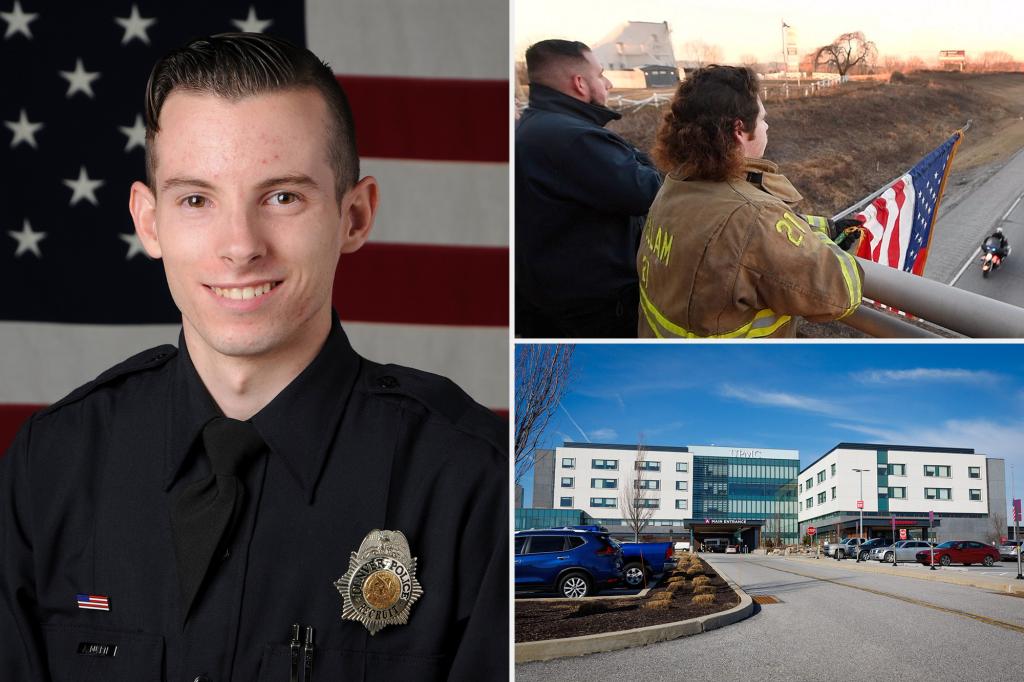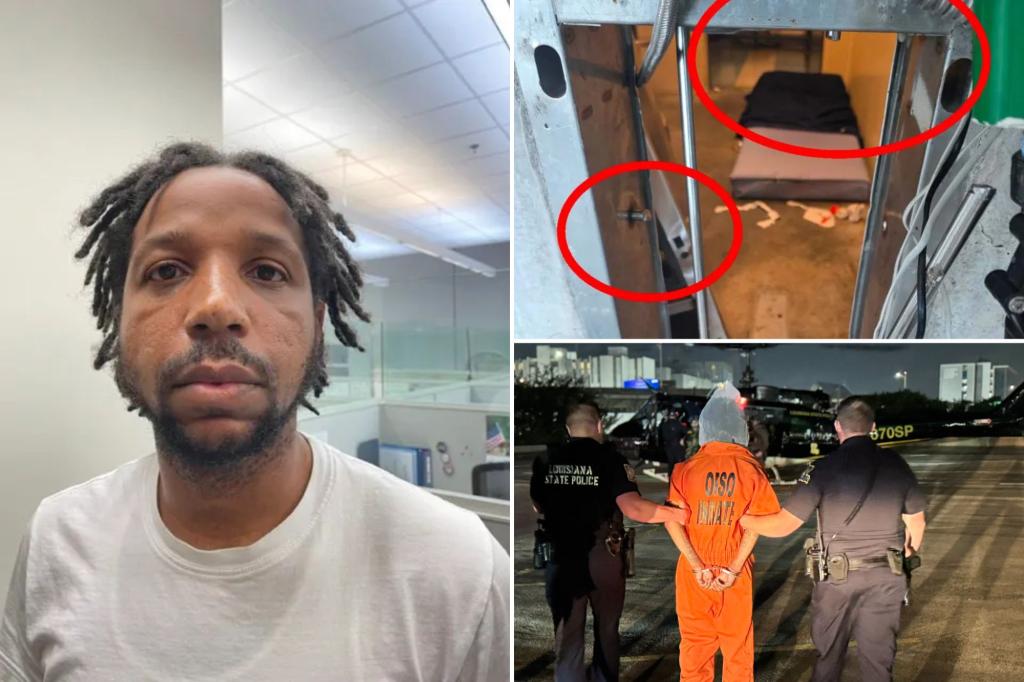Tragic Misunderstanding: The Heroic Cop Lost in a Hostage Crisis
In a devastating incident that unfolded on Tuesday evening at Mercy Hospital in Pittsburgh, Pennsylvania, a veteran police officer was fatally shot by friendly fire while responding to an armed hostage situation. Officer Daniel Reeves, 42, a 15-year department veteran, was attempting to neutralize a gunman holding three hospital staff members captive when fellow officers mistakenly identified him as the assailant. The tragedy has reignited debates about tactical communication and use-of-force protocols in high-pressure scenarios.
Chaos in the Hospital: A Timeline of Events
According to Pittsburgh Police Chief Linda Alvarez, the crisis began at approximately 6:45 PM when 28-year-old Marcus Green entered the hospital’s maternity ward armed with a semi-automatic handgun. Surveillance footage shows Green, a former patient with a history of mental health issues, taking two nurses and a security guard hostage after a confrontation about medication.
- 6:52 PM: First responders arrive and establish perimeter
- 7:15 PM: Negotiators make initial contact with gunman
- 7:38 PM: Shots heard from inside the ward
- 7:41 PM: SWAT team breaches the location
- 7:43 PM: Officer Reeves is fatally wounded
“What we know at this point is that Officer Reeves had moved into a flanking position when the suspect began firing,” Chief Alvarez explained during a press conference. “In the poor lighting and chaotic environment, responding officers made a split-second decision with tragic consequences.”
The Human Cost of High-Stakes Policing
Friendly fire incidents, while relatively rare, account for approximately 2-3% of all law enforcement fatalities annually according to the National Law Enforcement Officers Memorial Fund. However, hostage situations present unique challenges that amplify risks:
- 83% of friendly fire incidents occur in low-visibility conditions
- 67% involve plainclothes or undercover officers
- Hostage rescues account for 41% of tactical team fatalities
Dr. Ellen Pritchard, a criminology professor at the University of Pennsylvania, notes: “The Reeves tragedy exemplifies what we call ‘cognitive tunneling’ – where stress narrows officers’ perceptual field to the point where they process only the most immediate threats. Modern body cams help, but they can’t eliminate human error in life-or-death moments.”
Protocols Under Scrutiny: Balancing Speed and Safety
The Pittsburgh incident has sparked intense discussion among law enforcement professionals about whether current active shooter protocols place too much emphasis on rapid response at the expense of target identification. Major cities have adopted variations of the “ALERRT” (Advanced Law Enforcement Rapid Response Training) system since the 2013 FBI recommendations, which prioritize immediate engagement over traditional containment approaches.
However, former FBI hostage negotiator Carl Simmons argues: “We’ve swung the pendulum too far toward speed. The data shows that in 70% of resolved hostage cases, time works in law enforcement’s favor. Rushing creates more variables than it eliminates.”
Contrastingly, SWAT team leader David Chen maintains: “When bullets start flying, hesitation gets people killed. Officer Reeves acted heroically to protect those hostages. We can’t armchair quarterback these situations after the fact.”
Technological Solutions and Training Gaps
The law enforcement community is now examining several technological and procedural improvements that might prevent similar tragedies:
- Thermal imaging overlays for body cameras
- Standardized visual identifiers for plainclothes officers
- Enhanced spatial awareness training using VR simulations
Pittsburgh PD had implemented officer tracking tags in 2021, but the system reportedly malfunctioned during the hospital incident. “We had the tools but not the redundancy,” admitted Chief Alvarez. “That’s a failure we must address.”
Moving Forward: Honor and Reform
As the Reeves family prepares to bury their hero, the law enforcement community faces difficult questions about how to balance courageous action with operational safety. Officer Reeves will receive full honors at his funeral this Saturday, including the department’s Medal of Valor for his actions in saving the hostages (all of whom survived with minor injuries).
The Pittsburgh City Council has announced an independent review of the incident, with findings expected within 90 days. Meanwhile, national police organizations are calling for updated training standards that better account for friendly fire risks in complex environments.
For citizens wanting to support Officer Reeves’ family, the Pittsburgh Police Benevolent Association has established a memorial fund. More importantly, this tragedy serves as a sobering reminder of the split-second decisions officers face daily – and the profound consequences when communication breaks down in the line of duty.
See more Update My News



